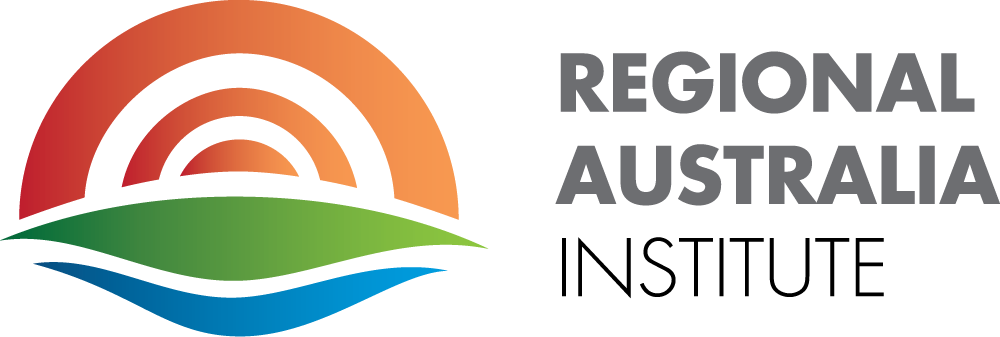Commonwealth Bank’s Executive General Manager for Regional and Agribusiness Banking, and RAI Regional Australia Council (RAC2031) member, Grant Cairns says the bank is committed to supporting regional Australia and it is pleasing to see more people choosing to make the switch from metropolitan areas.
“Despite the lockdowns in New South Wales and Victoria, we have seen key projects – such as infrastructure projects – create more jobs in the regions. More job opportunities combined with the fact that many Australians have the opportunity to work remotely means we will likely continue to see a shift in the number of people choosing to live in the regions,” Mr Cairns said.
“The latest data also reflects the ongoing regional renaissance – supported by a strong agriculture sector which is expected to enjoy another record-breaking year. As much of the country begins to come out of lockdown, we can expect to see the trend of Australians moving to the regions continue, as we know that when regional Australia does well, the impacts are felt across the country.”

RAI Chief Economist Dr Kim Houghton says the index shows the greatest growth in capital city migration during the September quarter tended to be in less-populated regional areas, where even a small inflow can result in a big fluctuation in percentage growth.
“South Australian local government area (LGA) Wattle Range – which neighbours Mt Gambier and stretches from the coast, through the Coonawarra wine district, to the Victorian border – saw an 83 per cent growth in the number of metro movers for the year to September 30,” Dr Houghton said.
The Queensland LGA of Douglas, which includes Port Douglas and Daintree, experienced the second-largest gain of 71 per cent over the 12-month period. This was followed by Port Augusta in South Australia and Moree Plains in NSW, both on 55 per cent, and Western Downs in QLD on 52 per cent.



